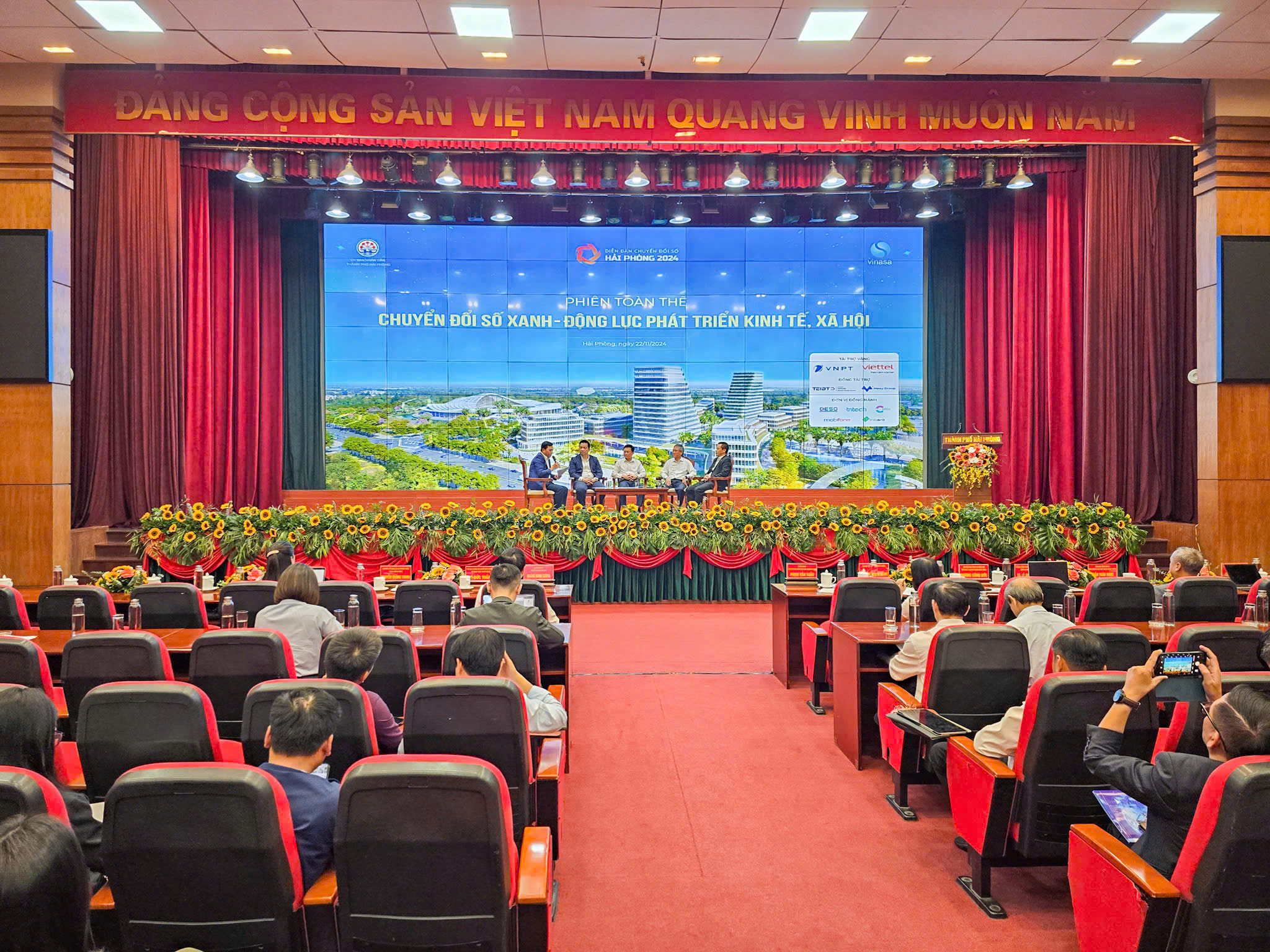Vietnam’s tourism sector, a significant contributor to GDP growth, job creation, and cultural exchange, is embracing a green revolution. This shift towards sustainable tourism practices is not merely a trend but a crucial strategy for long-term development, particularly in the current global context. The nation is actively fostering eco-conscious initiatives, showcasing its commitment to responsible travel and environmental protection. From community-based tourism in mangrove forests to technologically driven solutions in major cities, Vietnam is exploring a multifaceted approach to achieving its sustainability goals.
Local Initiatives: Leading the Green Tourism Charge

Several remarkable examples highlight Vietnam’s progress in sustainable tourism. Thiềng Liềng, an island nestled within the Can Gio mangrove forest – a UNESCO-recognized biosphere reserve – serves as a prime illustration. Here, tourists experience the unspoiled natural beauty while participating in community-based tourism activities.
“Thiềng Liềng has around 900 residents, with only 24 households engaged in tourism-related businesses,” explains Bui Thi Ngoc Hieu, Deputy Director of Ho Chi Minh City’s Department of Tourism. “Our primary goal in developing Thiềng Liềng’s tourism product is to align with local characteristics, preserve cultural heritage, and avoid disrupting the ecosystem.” The deliberate choice of challenging yet rewarding transportation methods to the island enhances visitor awareness of environmental protection, further aligning the travel experience with sustainability.
Another prominent example is Tan Hoa village in Quang Binh province. Recognized in 2023 by the World Tourism Organization as one of the world’s 49 best tourism villages, Tan Hoa exemplifies sustainable tourism principles. Its success rests on three pillars: climate-resilient tourism products, preservation of local cultural values, and equitable distribution of tourism benefits within the community



